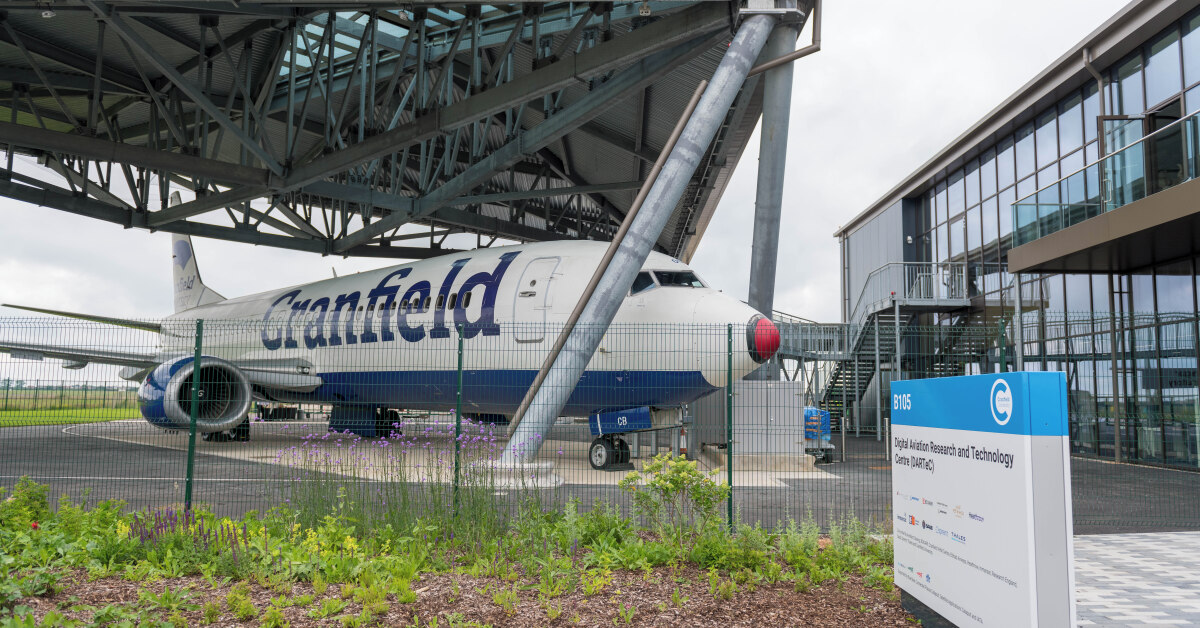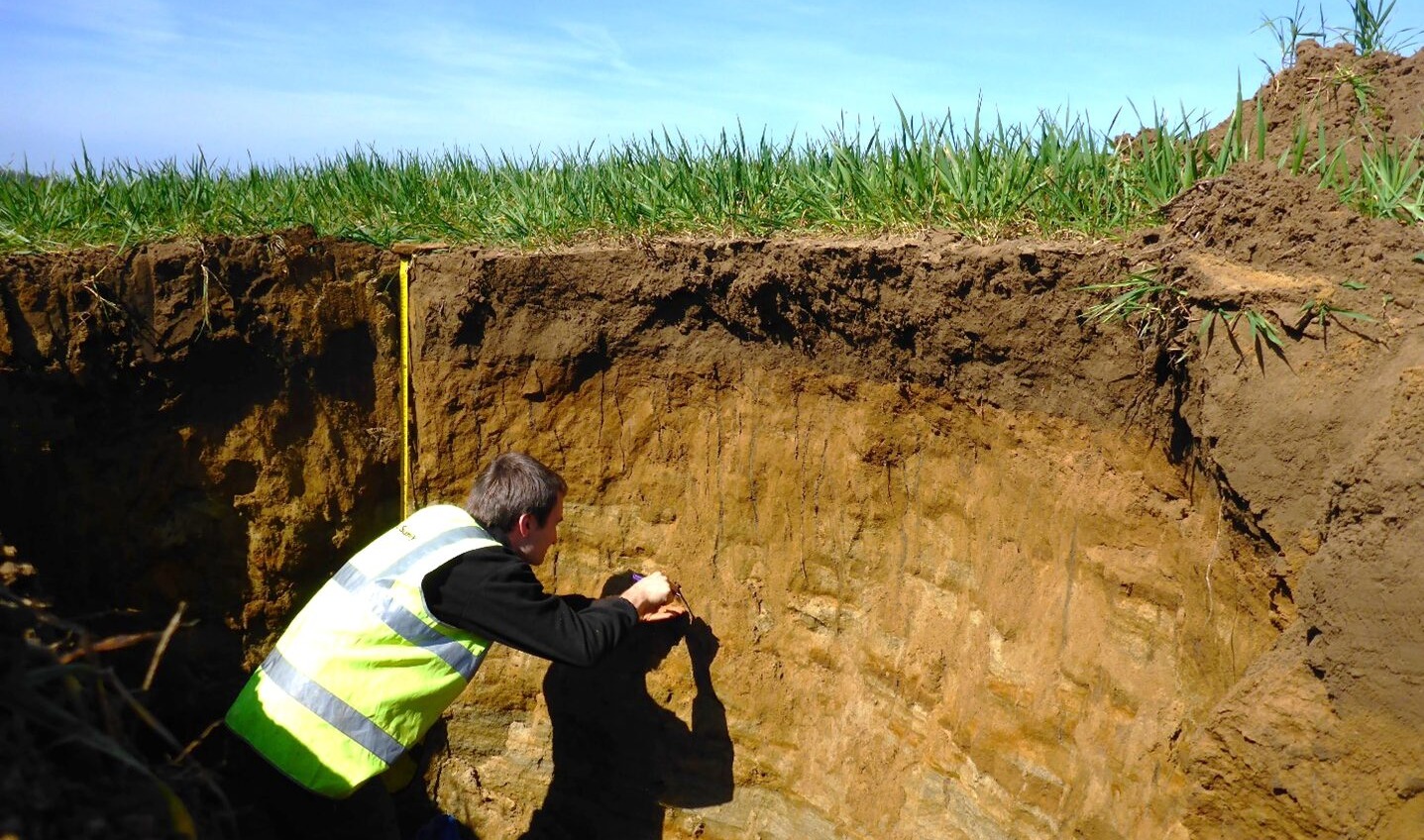An updated integrated vehicle health management (IVHM) value proposition via proactive and predictive maintenance
17/10/2023

Today, most commercial aviation operators have an integrated vehicle health management (IVHM) system in place, whether from their engine provider, the OEMs or third-party providers. It’s worth noting that the number of third-party providers of IVHM capabilities has greatly increased in recent years.
However, that is not to say that the work is completed in this area. What’s important is, as we consider additional IVHM capabilities into our operations, that we ensure that they dovetail with the existing ones and are accretive to their effectiveness. As we discern new investment and development in these areas, a robust understanding of the opportunities and limitations of the value propositions as they apply in today’s fast changing world is key.
Integrated vehicle health management (IVHM) is a broad scoped term encompassing the unified capability of systems to assess the current or future state of the member system health and integrate that picture of system health within a framework of available resources and operational demand. It is a wide-reaching capability encompassing business cases and models; legislation, certification, and standards; architecture and design; and algorithms for prognostics, diagnostics, and reasoning.
For the purposes of this discussion, we are focusing on the proactive and predictive maintenance (PPMx) aspects of IVHM.
We can rationalise the value areas provided by IVHM into three major areas:
- operational performance,
- asset utilisation, and
- labour costs/utilisation.
Each of these areas have multiple sub-categories, which we’ll explore.
1. Operational performance
Within operational performance there are some very well-known areas and some lesser-known ones. Of course, the one that most people are aware of is the idea of reducing schedule interruptions. And when we say schedule interruptions, we’re typically talking about delays, cancellations, and air turn backs. If we go deeper into the delays area, we can divide this into a reduction of the number of delays and a reduction of their duration – i.e. delays still take place but through IVHM activities they can be reduced in length.
Another operational performance area is the reduction of minimum equipment list (MEL) items. Another way to say this is reduction of dispatch deviations. That is, the reduction of times which we dispatch the aircraft with items against the MEL, and by reducing these there is a quantifiable value. For example, by having fewer dispatch deviations we are reducing the number of inherent performance penalties which can accompany dispatch deviations. We can also reduce the probability of follow-on, potentially more disruptive dispatch deviations (e.g., airplane on ground, or “AOG”). In addition, by operating with fewer dispatch deviations, airlines can avoid both reduced performance penalties such as reduced fuel consumption and onerous performance limitations such as ETOPS limitations.
One area that we’ve talked about before is the idea of sustainability benefits which can induce stem from IVHM activities. Some of the direct and indirect benefits discussed in that blog include lower emissions, lower noise levels, lower energy usage, and reduced materials usage.
Lessor known operational performance benefits areas which are becoming more relevant include regulatory compliance and cyber resilience. The opportunity and imperative to use IVHM to augment and support regulatory compliance and increased safety margin has been increasing.
As stated in the February 2022 IATA white paper, “From Aircraft Health Monitoring to Aircraft Health Management”:
“Adopting and operationalizing a refined AHM path will naturally lead civil aviation actors to also explore new ways of guarding the safety level priority in the context of ever-growing complexity of aircraft and their operation. Critically important for all entities in the aviation ecosystem is that Airworthiness regulatory authorities approving and overseeing the AHM implementation do engage the industry and consider their feedback in designing the safest and most efficient aviation framework.”
An excellent example of this evolution is its inclusion in the draft FAA Advisory Circular (AC) 43-218 “Operational Authorization of Integrated Aircraft Health Management Systems”. As IATA states, “once sanctioned by the FAA, may provide a template for other national regulatory authorities to emulate.”
Regarding cyber resilience and IVHM, increasingly industry players such as Shift5 are using IVHM methods and edge-deployed artificial intelligence (AI) to detect potential cyber threats possibly hidden in very large datasets. The value of these activities is clear: automation of threat detections and reduced cyber incursion events.
2. Asset utilisation
Asset utilisation (sometimes called asset optimisation) is a broad topic which is receiving increased attention. An asset can be an aircraft, an engine, an APU, or any sub-assembly worthy of optimisation. The data and health information created via IVHM is a key part of the asset optimisation calculations. In addition, the efficiencies which flow from IVHM support lower parts and sub-assembly consumption, especially those which might involve rushed shipping of parts or even borrowing of parts from other airlines.
The goal of asset optimisation is to get the maximum benefit for an asset throughout its lifecycle, and hopefully create more capacity in the system and reduce cost of ownership. As with many new developments, industry in applying AI technologies to accelerate results. For example, KeepFlying uses large language models (LLM) to synthesise large amounts of unstructured data along with available IVHM data to provide advanced economic optimisation of aircraft, engines, and other assets. Expect the use of AI methods to continue to permeate IVHM applications.
3. Labour costs and utilisation
IVHM has measurable and quantifiable saving for both labour and maintenance costs. There are several ways IVHM can reduce maintenance costs. For instance, the effort it takes for maintenance planning can be reduced because of a forward-looking, predictive situational awareness. In addition, the maintenance control function within an airline is much streamlined with this forward-looking information. Aircraft turnarounds are more efficient with knowledge of the aircraft’s health at landing.
Of course, reducing no fault founds (NFF) and the accompanying shop maintenance cost is another direct savings within the maintenance cost area.
Beyond the previously mentioned maintenance cost labour savings, other data intensive activities such as FOQA execution and configuration management can be automated via IVHM methods. This is in addition to the automation of cyber resilience efforts, as we’ve already discussed.
Lastly, perhaps the most significant saving in this area is the reduction of unscheduled maintenance. That is, maintenance which might have been done in an unscheduled fashion that can be scheduled into an appropriate scheduled maintenance slot via predictive maintenance awareness provided via IVHM.
Summary
As technology trends evolve, so does the field of IVHM. Regardless, IVHM is ultimately about using data to understand a vehicle’s current or future serviceability to make operations more efficient and drive operational excellence. To successfully apply IVHM in operations we must have a deep understanding of the value proposition and be prepared to quantify it for a given operation. Moreover, this is an “living” thing which should be undated and expanded as technology and usage dictates.
Categories & Tags:
Leave a comment on this post:
You might also like…
Earth’s silent hero: Why soil is finally stepping into the spotlight
As a Soil Scientist, the start of December is always an exciting time of year, specifically World Soil Day (5 December). This year, it’s doubly special, because we are also celebrating the 75th Anniversary ...
How do I reference social media… in the NLM style?
Although it’s not considered to be scholarly material, you may find information on social media useful for a piece of academic work. It may be that a particular post on X or Facebook illustrates or ...
Want to improve your reading skills?
Are you starting to read through the mountains of journals, books or articles for your project or on your course reading list? Let’s start with a few myths about the reading process: You need to ...
Introducing… Bloomberg Spreadsheet Analysis (BSA)
Want to take your Bloomberg data skills in Microsoft Excel to the next level? The new Bloomberg Spreadsheet Analysis (BSA) certification is designed to help you do just that. Created by Bloomberg, BSA is an ...
Bridging Science and Supply: My Journey at the GCSG European Knowledge Forum 2025
Earlier this year, I had the honour of being selected as one of the 2025 Global Clinical Supplies Group (GCSG) European Scholarship Winners, an opportunity that took me to Budapest, Hungary, for the GCSG ...
Engineering a Greener Tomorrow: The Future of Sustainable Manufacturing
Across the world, engineers are facing one of the greatest challenges of our time: how to manufacture more while consuming less. As industries race toward net-zero targets, sustainability has become the driving force behind ...






